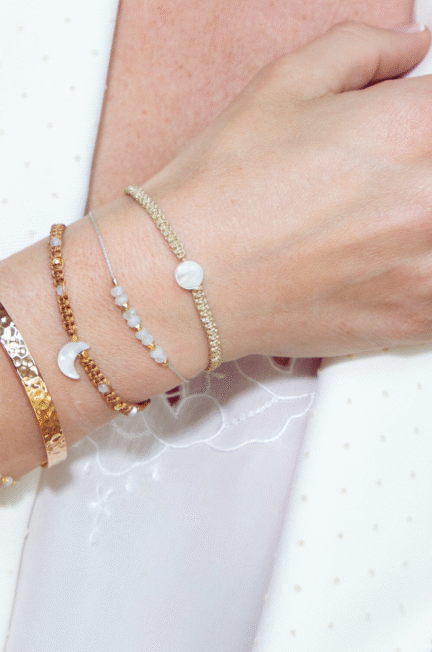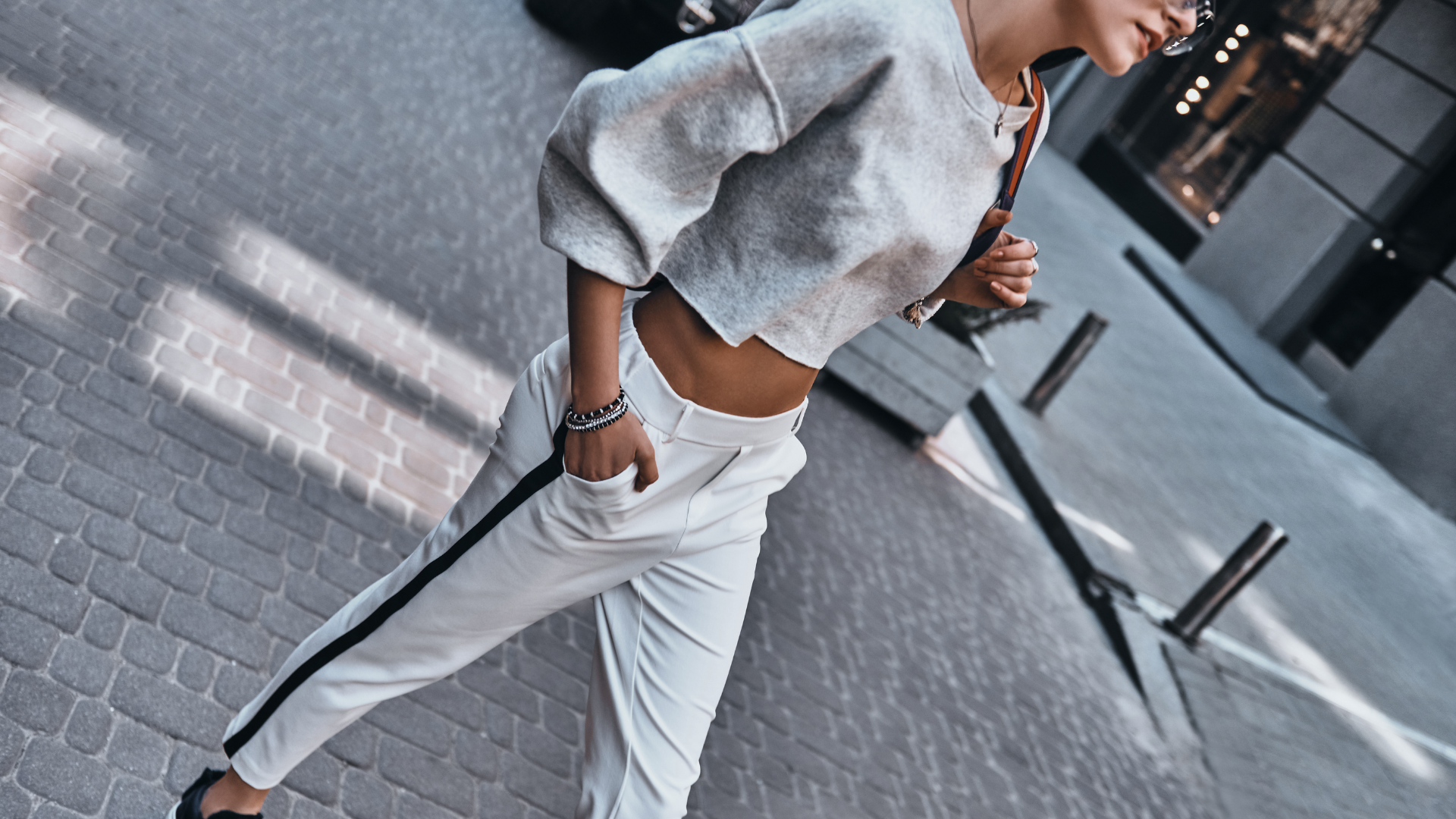Layering bracelets is an art that allows personal expression through unique combinations. To master this trend, one key strategy is to mix different styles, materials, and widths while maintaining a cohesive color palette. This approach creates visual interest and highlights each piece.
When layering, balance plays a crucial role. Combining delicate chains with bold bangles can add depth, while ensuring that the overall look remains harmonious is essential. Experimenting with textures, such as leather or beads alongside metal, can also enhance the layered effect, making the wrist the focal point of attention.
Attention to proportion is vital as well. Stacking too many thick bracelets may overwhelm the wrist, while a mix of sizes creates a more dynamic display. Choosing a focal piece, such as a statement bracelet, can help establish a point of interest and guide the rest of the layering choices.
Understanding the Basics of Bracelet Layering
Achieving a stylish layered look with bracelets requires attention to detail and a thoughtful approach. Consider the choices in bracelet selection, size, texture, color, and metal. Each aspect contributes to a harmonious and visually appealing arrangement.
Selecting the Right Bracelets
When selecting bracelets for layering, variety is key. Mixing different styles, such as wrap bracelets and chunky bangles, allows for a dynamic appearance. Consider bracelets with unique designs, such as those featuring charms or beads, to create focal points.
It is also important to pick bracelets that fit comfortably on the wrist. A mix of fitted and loose styles can add dimension to the look. Experiment with materials like leather, metal, and fabric to enhance texture.
Balancing Sizes and Textures
Size and texture play a crucial role in layering. Incorporating a variety of thicknesses creates visual interest. For instance, pairing a thin chain bracelet with a wider cuff can draw attention and create balance.
Textures should vary as well. Combining smooth metals with textured materials, such as woven fabrics or braided leather, enhances depth. A well-thought-out balance keeps the ensemble cohesive while adding character.
Combining Colors and Metals
Color coordination is essential for a successful layered look. Sticking to a specific color palette can create a unified appearance. Mixing metals, such as gold, silver, and rose gold, can break traditional rules and add uniqueness.
Using complementary colors, like warm tones with cool accents, can enhance the visual appeal. Additionally, incorporating colorful beads or stones can introduce pops of color without overwhelming the overall design.
Creating Your Layered Look
Layering bracelets can enhance any outfit, showcasing personal style and creativity. By mixing various types of bracelets, an individual can create a distinctive look that balances boldness and subtlety.
Start with a Statement Piece
Selecting a statement piece is crucial for making a layered look cohesive. A tennis bracelet, featuring sparkling stones, can serve as the focal point. Its elegant design draws attention, allowing for a vibrant base upon which to build.
From there, she can begin adding pieces with varying widths and materials. A delicate chain bracelet pairs well, creating contrast without overwhelming the eye. Ensure that the colors complement each other—perhaps integrating metal tones that coordinate beautifully with the tennis bracelet.
Incorporate Personal Items
Adding personal items can bring a distinct touch to a layered bracelet ensemble. A bracelet made of black onyx can be a meaningful addition, known for its protective qualities and striking appearance. It can balance the sparkle of other pieces by introducing a rich, dark element.
Personalized bracelets, like those engraved with initials or significant dates, add emotional depth. Mixing these with metal or gemstone bracelets creates a rich narrative and fosters individuality. The key is to maintain harmony in the overall aesthetic, blending different styles while ensuring that each piece reflects personal significance.
Stacking for Different Occasions
Different occasions call for varying approaches to bracelet stacking. For casual outings, she might choose a mix of more relaxed chain bracelets and chunky styles, promoting a laid-back vibe. This approach allows for flexibility in removal or adjustment throughout the day.
For formal events, he should consider creating a sophisticated stack, perhaps using a classic tennis bracelet paired with thinner, elegant pieces. Mixing textures—such as matte finishes with shiny or polished surfaces—adds depth to a more refined look. Always keep in mind that balance is key. Too many bold pieces can clash, while a thoughtful arrangement highlights style and intention.
Care and Maintenance
Proper care and maintenance of bracelets enhances their longevity and appearance. This section explores effective cleaning methods and optimal storage techniques to prevent tangles and damage.
Cleaning Your Bracelets
Keeping bracelets clean extends their life and maintains their shine. Each type of bracelet requires specific care to avoid damage.
- Metal Bracelets: Use a soft, lint-free cloth for daily cleaning. For deeper cleaning, a gentle soap solution can be applied with a soft brush. Rinse thoroughly and dry completely to prevent tarnishing.
- Beaded Bracelets: Wipe with a damp, soft cloth. Avoid soaking in water to protect the string and beads. If needed, a mild soap can be used but must be rinsed off quickly.
- Leather Bracelets: Clean with a slightly damp cloth. Avoid excess moisture, which can cause the leather to warp or crack. Conditioning with leather oil helps maintain suppleness.
Storing Bracelets to Prevent Tangles
Proper storage is essential to keep bracelets tangle-free and protected from damage. The following methods help secure bracelets effectively:
- Use a Jewelry Box: A compartmentalized jewelry box allows you to store each bracelet separately. This reduces the risk of tangling or scratching.
- Padded Bracelet Rolls: These rolls provide a soft surface for each bracelet and can easily be rolled up for travel. They help prevent friction and tangling when stored.
- Individual Bags: For added protection, place each bracelet in a small, soft pouch. This method is particularly useful for delicate items that need extra care during storage.
By following these care and maintenance tips, one can ensure that bracelets remain beautiful and in excellent condition.




